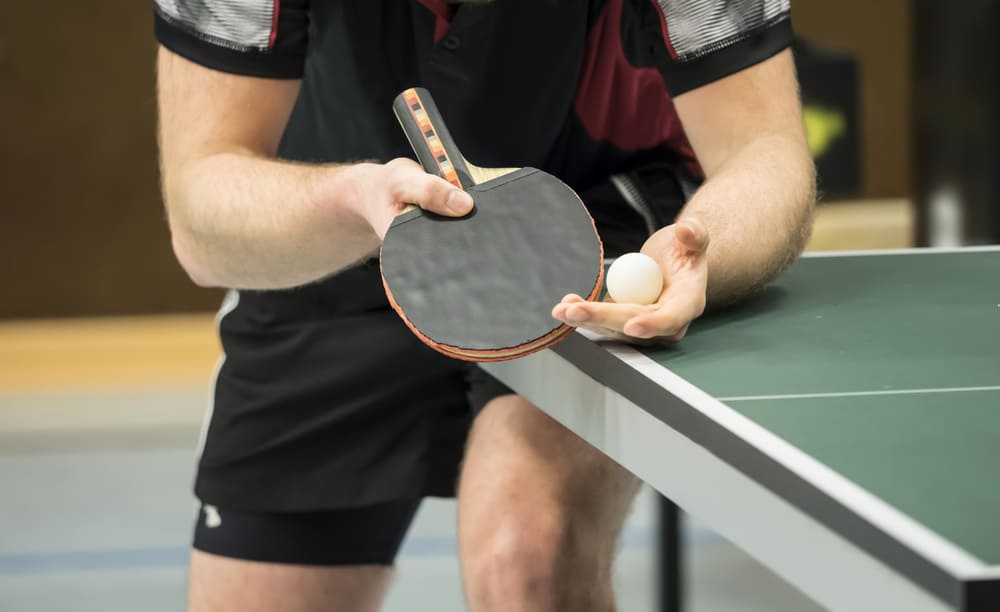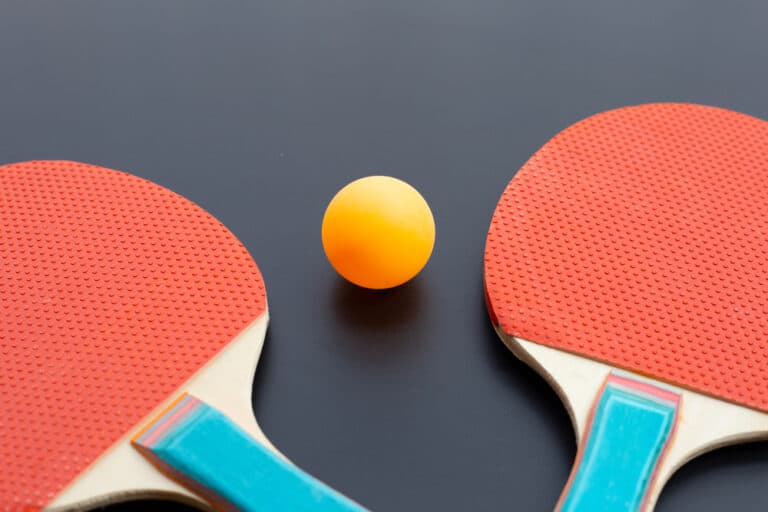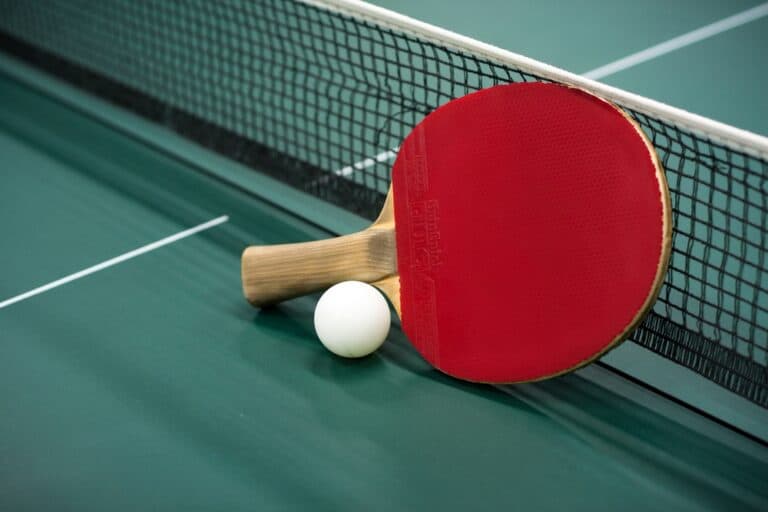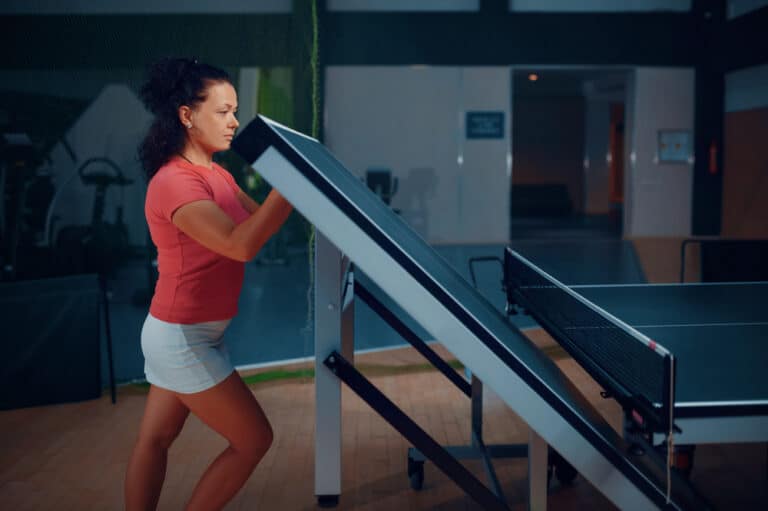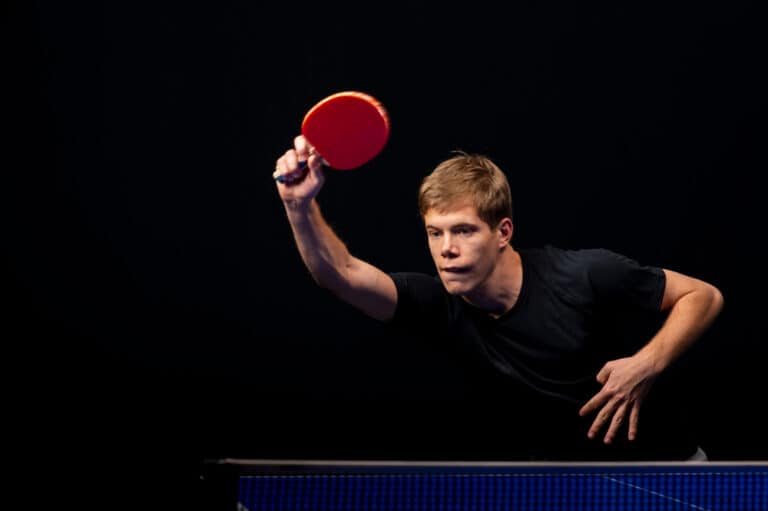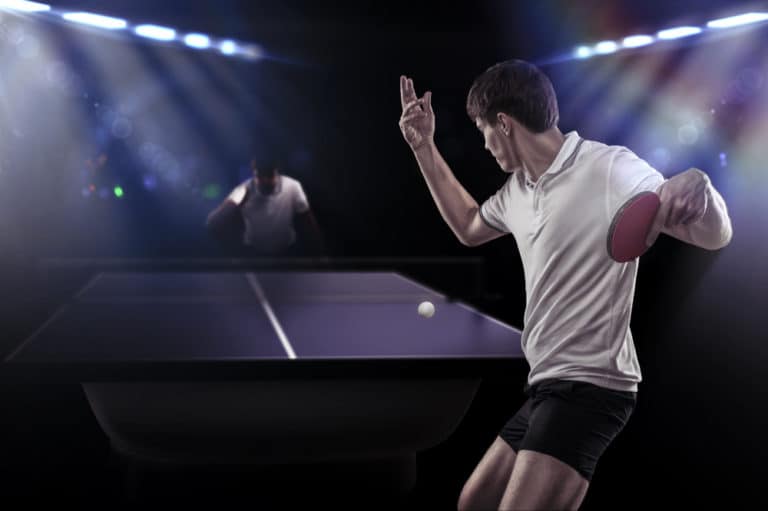Do You Have To Serve Diagonally In Table Tennis?
Table tennis is an exciting sport that anyone can play. There are over 10 million players who participate in table tennis tournaments yearly. Table tennis is easy to learn, fun to play, and has simple, easy-to-follow rules. To begin a match of table tennis, one of the players needs to start the first serve. But do you need to serve diagonally when playing table tennis?
According to the International Tennis Federation guidelines, the ball must be served diagonally in a doubles match of table tennis. However, in a singles match, each player is free to serve diagonally or straight from any part of the table, provided the ball touches the server’s side of the table first.
The guidelines on serving can vary depending on where you’re playing table tennis. In recreational table tennis matches, you can serve diagonally or straight, but for tournaments, you should serve diagonally in a doubles match. The International Tennis Federation has changed the rules for serving in table tennis many times to ensure a fair game, so it’s easy to get confused by some of the regulations.
Serving Diagonally In A Singles Game Of Table Tennis
It’s not necessary to serve diagonally in singles table tennis. The server should only serve diagonally when it is a doubles match. When playing a game of singles table tennis, some players may assume that you need to serve diagonally, and some players may also consider it more professional to serve diagonally, but it’s not a requirement.
The list below includes guidelines that should be followed when serving in a singles game.
- The server needs to keep the ball visible at all times
- The ball can be served diagonally or straight
- The table tennis ball should be thrown vertically and only hit by the server on the way down.
- The ball needs to stay behind the table line when serving.
Is Serving Diagonally Better Than Serving Straight?
Serving diagonally in table tennis isn’t necessarily better than serving straight; it just depends on the type of game you’re playing. If you are playing a doubles match of table tennis, you should serve diagonally. On the other hand, you don’t have to serve diagonally if you are playing for fun.
Diagonal serving and straight serving are just two different variations of how you can serve. Therefore, they do not have much impact on the actual game.
Can You Serve Incorrectly/Illegally In Table Tennis?
There are a few serves in table tennis that are considered incorrect or illegal serves. These types of serves should be avoided.
- Throwing the ball during a serve. Novice table tennis players may not always know how to serve correctly and may not throw the ball high enough during a serve but instead just throw the ball directly onto the table. This results in a faster ball and gives the server an unfair advantage over their opponent.
- Hiding the ball during a serve. Hiding the ball during a serve is also known as a hidden serve. This is the most common illegal serve in table tennis. The player in this serve will hide the ball during the serve, making it impossible to see whether it was a backspin, topspin, or no-spin serve.
- Quick serve. A quick serve is an impolite way of serving and an illegal serve. A quick serve is a serve that is done quickly when the opponent is not ready to be served.
- Taking too long to serve. Some players may take too long to serve to shorten the game’s duration. This is also considered an illegal serve.
What Are The Five Rules Of Serving In Table Tennis?
In table tennis, there are five basic rules to follow when serving. When playing table tennis for points and you fail to serve correctly, you can lose points. Since the rules of table tennis are very straightforward, it’s expected that players follow the rules and avoid illegal serves.
The Five Rules Of Serving In Table Tennis
The five rules of serving in table tennis include:
- Staying behind the table. Before you serve, ensure you stay behind the line, the ball should not go over the playing area. You should also make sure the ball is dry. After sufficient playing time, players can sweat, and the ball can become wet and slip; this can affect your serve.
- Avoid hiding the ball. The ball should never be hidden or out of sight from your opponent. This is considered an illegal move in table tennis.
- Keep the ball in your open palm. To start the serve, you should hold the ball in the palm of your hand. It would be best if you were behind the line and above the height of the table. Your opponent should have a full view of the ball at all times.
- Throw the ball upwards. The ball should be thrown upwards almost vertically before contact is made with the ball.
- Hit both sides of the table. The game begins as soon as the ball is thrown upward in the first serve. You’ll lose a point if you fail to hit the ball or miss the table. Therefore, it’s essential to keep your eye on the ball and make contact with it as the ball is falling in the first serve.
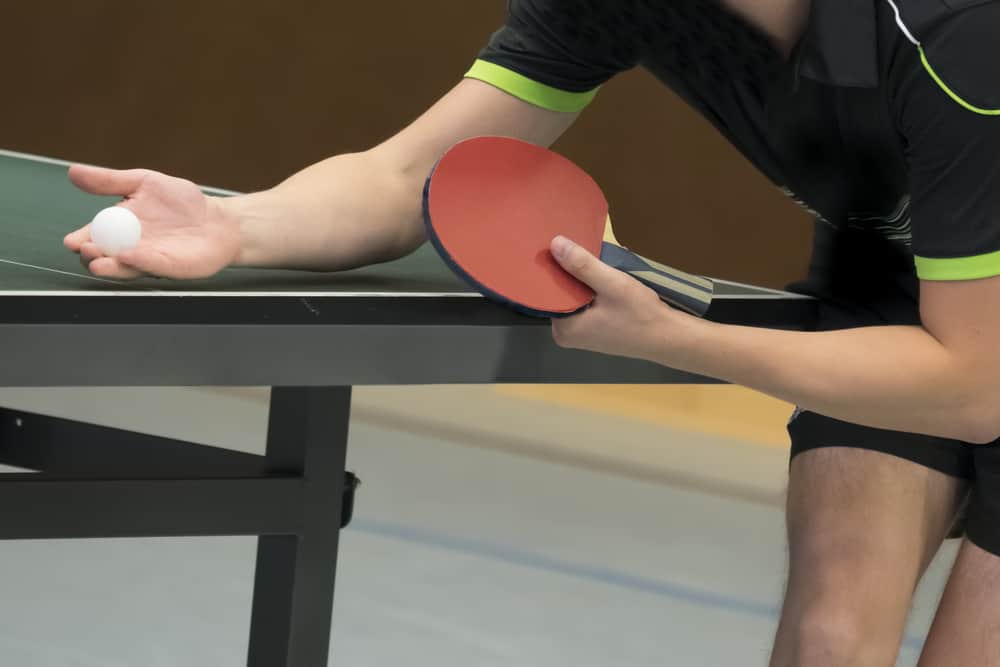
Frequently Asked Questions About Table Tennis Rules
Now that we’ve covered serving in table tennis and diagonally serving in a table tennis match, there are a few other essential guidelines and frequently asked questions about table tennis rules.
How Many Serves Does Each Player Get?
Each table tennis player gets two serves in a row. This alternates until the game is won. If there is a 10-point tie between players, each player gets one serve, and it alternates until a player wins the game.
Where Should You Stand During A Serve?
If you’re serving, you need to stand behind the line of the table and keep the ball visible. The ball should always remain behind the end line at the start of a serve.
How Many Points Do You Need To Win A Table Tennis Game?
A table tennis game is played until a player reaches 11 points. A game is won by 2 points, and a match usually consists of the best out of 3 games.
Conclusion
According to the International Tennis Federation guidelines, you have to serve diagonally in a doubles game of table tennis. Recreational table tennis players do not have to serve diagonally, but it is considered best practice to do so. In a singles game of table tennis, there are no regulations that state that you have to serve diagonally, but there are still specific guidelines that should be followed when serving.
References
- https://www.killerspin.com/blogs/tips/table-tennis-rules-explained-11-frequently-asked-questions
- https://www.reddit.com/r/tabletennis/comments/bzjaxs/why_do_players_serve_diagonally/
- https://www.liveabout.com/how-to-serve-legally-in-table-tennis-ping-pong-4122899
- https://olympics.com/en/featured-news/table-tennis-rules-regulations-how-to-play-official-laws-serve

